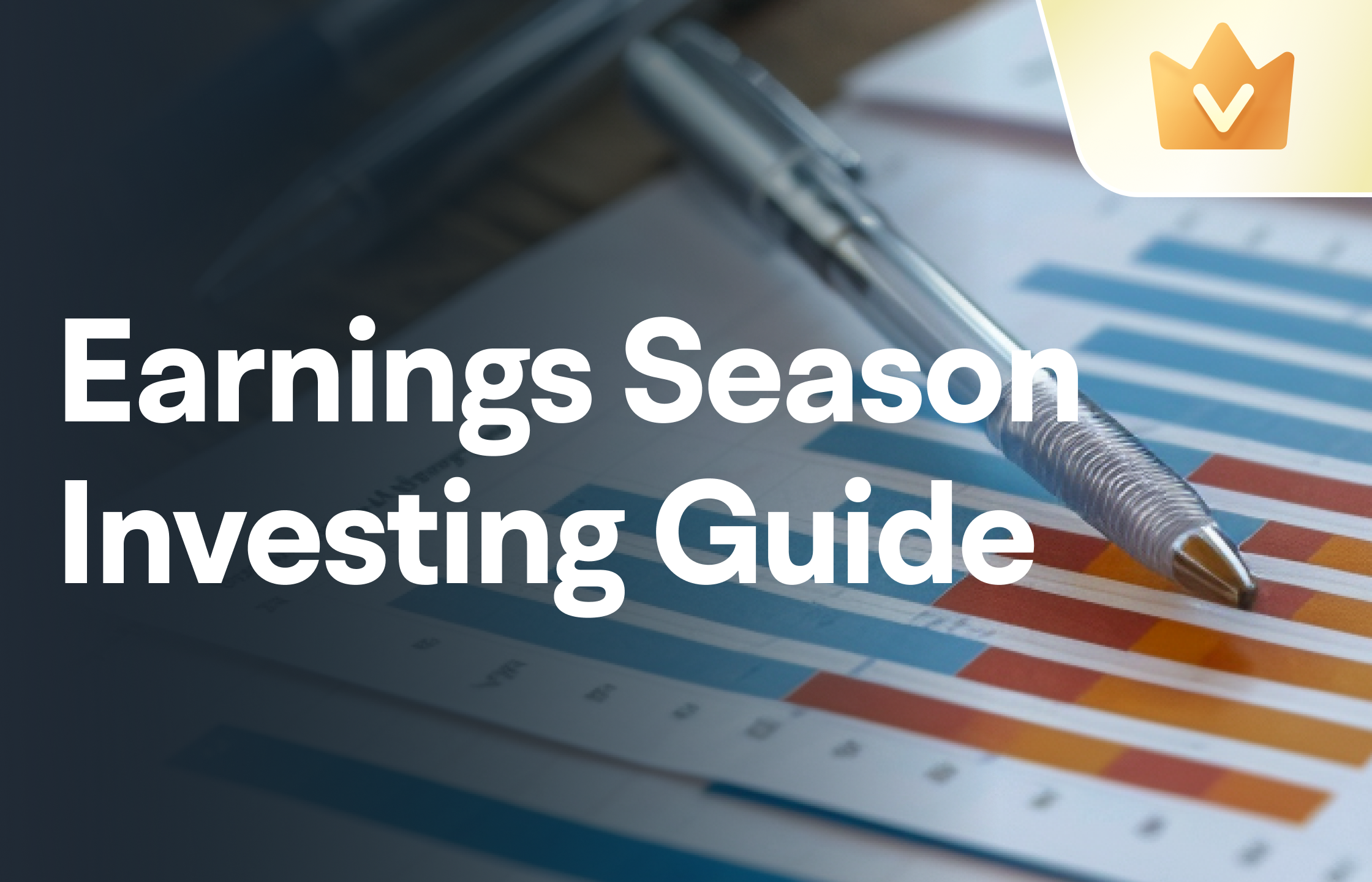Extended Trading Introduction
Extended trading is trading conducted by electronic networks either before or after the regular trading hours of the listing exchange. Such trading tends to be limited in volume compared to regular trading hours when the exchange is open.
Pre-market trading in the United States, in terms of stocks, usually runs between 4:00 a.m. and 9:30 a.m. Eastern Time, and after-hours trading typically runs from 4:00 p.m. to 8:00 p.m. Eastern Time.
Extended Trading Risks
The U.S. Securities and Exchange Commission(SEC) highlights several risks associated with extended trading, including:
Limited Liquidity
Extended hours have less trading volume than regular hours, which could make it difficult to execute trades. Some stocks may not trade at all during extended hours.
Large Spreads
Less trading volume often translates to wider bid-ask spreads, which can adversely affect the market price for execution, making it harder to execute orders at favorable prices.
Increased Volatility
Less trading volume often creates an environment for greater volatility given the wider bid-ask spreads. Prices can move drastically in a short amount of time.
Uncertain Prices
The price of a stock trading outside of regular hours may not closely match the price during regular hours.
Professional Competition
Any extended trading participants are large institutional investors, such as mutual funds, that have access to more resources.
